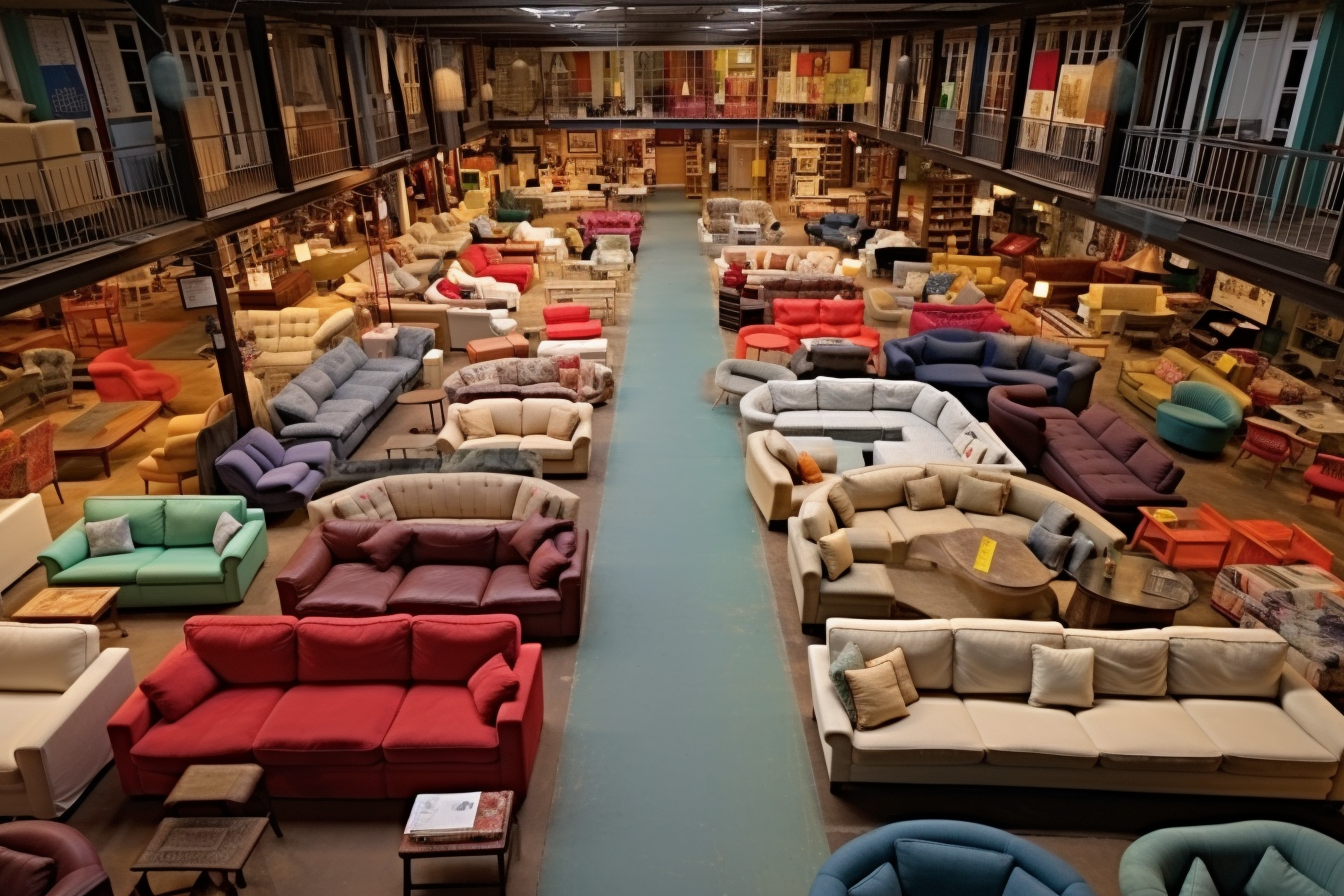Whimsical Wonders: The Rise of Playful Postmodern Home Design
In a world that often takes itself too seriously, a delightful rebellion is brewing within the realm of interior design. Welcome to the enchanting world of Whimsical Postmodernism, where the rules of conventional decor are gleefully tossed aside in favor of bold colors, quirky shapes, and a healthy dose of humor. This emerging trend is not just about creating spaces; it's about crafting experiences that spark joy and ignite imagination.

The Roots of Whimsy
The seeds of Whimsical Postmodernism were planted in the late 20th century, during the heyday of the original Postmodern movement. Architects and designers like Michael Graves and Ettore Sottsass challenged the stark minimalism of modernism with playful forms and bold colors. Their work laid the groundwork for a more expressive and individualistic approach to design.
However, the current iteration of whimsical design takes these concepts further, infusing them with a sense of nostalgia for the pop culture of the 80s and 90s, while simultaneously embracing cutting-edge technologies and sustainable practices. It’s a delicate balance of past and future, serious craftsmanship and light-hearted fun.
Color Outside the Lines
At the heart of Whimsical Postmodernism is a fearless approach to color. Gone are the days of safe, neutral palettes. Instead, designers are embracing vibrant hues and unexpected color combinations that would make even the most daring artists do a double-take.
Walls are becoming canvases for expression, with ombre effects, color blocking, and even painted optical illusions transforming spaces into immersive artworks. Furniture pieces in candy-bright shades serve as focal points, while accessories in clashing colors add an element of surprise and delight.
The key to mastering this colorful chaos is in the curation. While the overall effect may appear random, successful whimsical interiors are carefully composed symphonies of color, with each element chosen to create harmony within the vibrant discord.
Form Follows Fun
In the world of Whimsical Postmodernism, furniture and decor items are no longer just functional pieces – they’re conversation starters and mood lifters. Designers are pushing the boundaries of form, creating pieces that are as much sculpture as they are furniture.
Chairs shaped like giant hands, tables that appear to defy gravity, and lamps that look like they’ve stepped out of a Dr. Seuss book are becoming staples of this playful style. These statement pieces often incorporate mixed materials, blending traditional craftsmanship with modern manufacturing techniques to create truly unique objects.
The beauty of this approach is its versatility. A single whimsical piece can inject personality into an otherwise understated room, or multiple elements can be combined to create a fully immersive, fantastical environment.
Digital Meets Whimsical
As technology continues to integrate into our homes, Whimsical Postmodernism is finding innovative ways to incorporate these advancements without sacrificing its playful aesthetic. Smart home features are being disguised as quirky decor elements, turning practical technology into part of the design narrative.
Voice-activated assistants are housed in retro-futuristic sculptures, while wireless charging pads are hidden within colorful, geometric side tables. Even practical elements like thermostats and light switches are getting makeovers, transformed into tactile, visually interesting control panels that add to the overall design scheme.
This merger of high-tech functionality and whimsical design showcases the adaptability of the style, proving that practicality and playfulness can coexist harmoniously in the modern home.
Sustainability with a Smile
In an era where environmental consciousness is paramount, Whimsical Postmodernism is rising to the challenge of creating eco-friendly spaces without compromising on style or fun. Designers are turning to recycled materials, upcycled furniture, and sustainable production methods to create pieces that are as kind to the planet as they are pleasing to the eye.
Plastic waste is being transformed into colorful terrazzo-like surfaces, while reclaimed wood finds new life as sculptural furniture pieces. Even textile waste is getting a second chance, woven into vibrant rugs and upholstery that tell a story of renewal and creativity.
This approach to sustainability adds an extra layer of meaning to whimsical interiors, proving that responsible design can be joyful and expressive rather than austere or limiting.
The Psychology of Play
Beyond its visual appeal, Whimsical Postmodernism taps into a fundamental human need for play and self-expression. In a world that can often feel overwhelming and serious, these playful interiors offer a respite – a chance to reconnect with our inner child and find joy in our surroundings.
Psychologists have long recognized the importance of play in reducing stress, fostering creativity, and improving overall well-being. By bringing elements of play into our living spaces, Whimsical Postmodernism creates environments that not only look good but feel good to inhabit.
This emotional connection to our spaces is perhaps the most significant aspect of the trend. In a time when many of us are spending more time at home than ever before, creating interiors that spark joy and encourage a lighthearted approach to life has never been more important.
As we look to the future of interior design, it’s clear that Whimsical Postmodernism is more than just a passing fad. It represents a shift in how we think about our homes – not just as functional spaces, but as extensions of our personalities and playgrounds for our imaginations. By embracing color, form, and a sense of humor, we can create living spaces that truly bring a smile to our faces every day.





